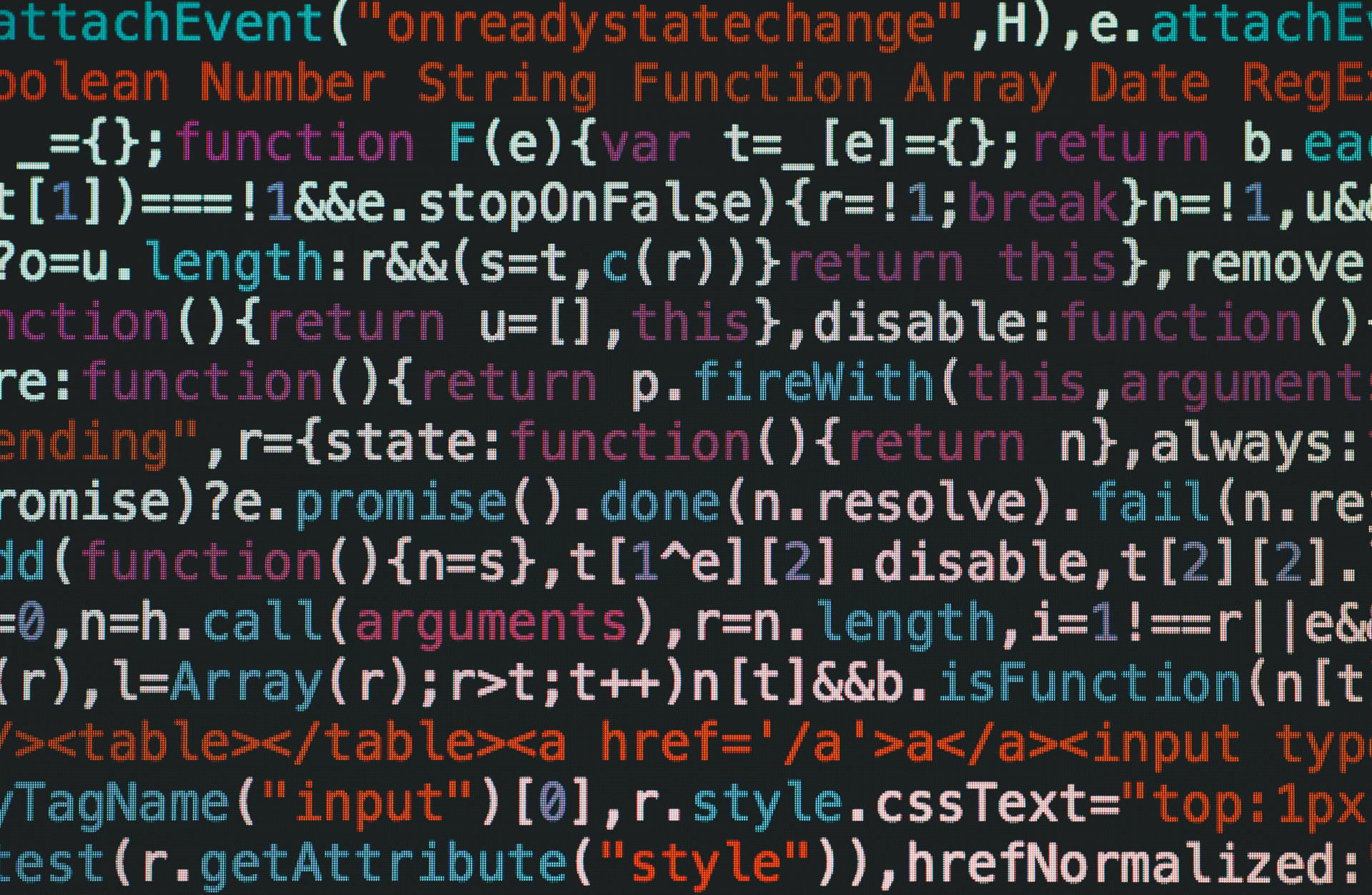Published 28 sep. 2025
5 Signs Your Team is Drowning in DevOps

Your developers are spending 40% of their time on infrastructure instead of features. While your team fights with (Kubernetes) configs and broken CI/CD pipelines, your competitors are shipping products. Here are five warning signs it's costing your business.
Your €70k+ senior developer just spent three hours debugging why the local development environment won’t start. Yesterday, your product owner asked for a “simple feature toggle” that somehow turned into a week-long infrastructure project. Sound familiar? This isn’t just technical debt—it’s your team slowly becoming an unwilling operations team. Every hour your developers spend wrestling with Docker configs or deciphering CI/CD failures is an hour they’re not building the features that differentiate your product. Here are five warning signs it’s happening to you—and what it’s really costing your business.
1. Local Development is a Nightmare
New developers shouldn’t need a computer science degree just to run your application locally. Yet we’ve seen countless teams where only the original developers have a somewhat working local setup—and even they can’t run everything needed for proper testing.
The result? New hires spend their first week fighting environment issues instead of contributing code. Manual testing becomes impossible when half the services won’t start locally. Your team loses confidence in their changes because they can’t properly verify them before pushing to production.
What Good Looks Like:
- Setting up the environment is running one or two commands
- All dependencies are setup and configured automatically
- The local environment works similarly to production
2. CI/CD Pipeline Anxiety
To ship or not to ship—that is the question when your build pipeline is more unpredictable than Shakespeare’s plots. Whether it’s the 45-minute build times that kill momentum or the random failures that block urgent fixes, broken CI/CD becomes the bottleneck choking your entire development flow. Without reliable pipelines, teams lose the ability to get early validation on their changes.
The real productivity killer? When your CI/CD can’t be trusted, developers start working around it—creating long-lived feature branches, batching changes, and avoiding the very automation that should be accelerating their work. What was meant to provide fast feedback instead becomes a source of deploy anxiety.
What Good Looks Like:
- Builds complete in under 5 minutes with predictable results
- Pipeline failures actually mean something is wrong with the code
- Deployments are atomic, automatic, and stress-free
- Developers get immediate feedback on every commit
3. The Infrastructure Knowledge Silo
“How was this set up again?” becomes the most feared question in your team chat. Critical infrastructure decisions are trapped in one person’s head, documented nowhere, and impossible to reproduce. When that person goes on vacation, nobody dares touch production.
Every new S3 bucket, load balancer, or client environment becomes a manual archaeology expedition—digging through old configs, reverse-engineering naming conventions, and hoping you don’t break something in the process. What should be a simple commit to your Infrastructure as Code becomes a day-long research project.
What Good Looks Like:
- Infrastructure changes happen through code reviews, not SSH sessions
- New environments spin up with a single command
- Any team member can safely modify infrastructure
- Everything is versioned, tested, and reproducible
4. Flying Blind with Bad Monitoring
Your monitoring strategy is “wait for customers to complain.” When issues hit production, you’re debugging in the dark with logs scattered across different systems. By the time you notice performance degradation, your users have already noticed first.
The alerts you do have are either useless noise—triggering false positives that developers learn to ignore—or overly simplistic “up or down” checks that miss the real problems. Your error rates can spike 400% without triggering an alert, but heaven forbid CPU usage hits 81% at 3 AM.
Meanwhile, developers have alert fatigue from meaningless notifications about disk space on non-critical servers. They’ve learned to tune out monitoring entirely, which means when real issues happen, they’re invisible until customer support starts getting calls.
What Good Looks Like:
- Alerts that actually matter and rarely false positive
- Error rate increases trigger notifications before customers notice
- Distributed tracing shows you exactly where problems occur
- Developers trust and act on monitoring alerts
5. Scaling is an Afterthought
Your application works beautifully for your current users, but nobody designed it to handle success. When traffic doubles, everything falls apart—databases max out connections, APIs timeout under load, and your infrastructure crumbles under the weight of your own growth. The architecture decisions that got you to this point become the bottlenecks preventing you from reaching the next level.
Here’s what we’ve seen time and time again: teams assume their application will scale linearly, but reality hits hard when real user patterns stress the system in unexpected ways. Load testing with synthetic data misses the complex queries and usage spikes that real users create. Making smart architecture choices early—designing for horizontal scaling, implementing proper caching strategies, and building stateless services—turns scaling from a crisis into a configuration change.
What Good Looks Like:
- Services scale independently based on actual demand
- Load testing uses real user patterns and data volumes
- Architecture supports 10x growth without rewrites
- Scaling decisions are made proactively, not reactively
Imagine This Instead
New developers are productive from day one due to the fully automated local development environment. Your developers can deploy new changes to applications and infrastructure while getting co”ee because they know that it will just work. Your team building features that customers love instead of debugging Helm charts.
Getting there doesn’t have to mean overhauling everything at once. We’ve helped teams move from fragile deployments to atomic ones without downtime, or start with just containerizing a few problematic services. Some continue managing things themselves with a better foundation, others eventually hand it all over to us. The point is to stop drowning today - whether that means swimming lessons or a lifeguard is up to you.
15 minutes • No sales pitch
Latest Posts
Discover more articles in our blog


